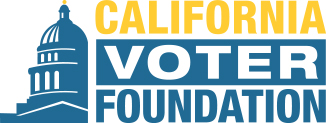Excerpt:
In California, you can register to vote online. You can request a mail ballot without providing a reason. If your ballot is postmarked by Election Day, it can arrive up to three days late and still count. Starting next year, you won’t even need a stamp.
As states across the country have moved aggressively to crack down on alleged voter fraud, California has shifted rapidly in the other direction, passing landmark legislation intended to make it easier to vote and to count as many ballots as possible.
The change has been propelled by voting rights advocates, seeking to fix unintended consequences as a growing majority of Californians vote by mail, and by Democratic politicians hoping to spike plummeting turnout. Many of the new laws aim to boost participation among infrequent voters, such as young people, that generally favor Democrats.
----

